So this is probably the most and also, in some ways, the least important. A lot of you probably know of something called euphemistically the “laowai special”. Laowai being the term applied to (mostly white) foreigners, laowai special means that people who are foreign to China often get a special price, although in this case, a specially inflated price. Tea shops are not immune to it, especially smaller operations that tend to quote prices based on the whim of the shopkeeper or owner, rather than to pre-set prices from corporate headquarters. So, buying from the mainland has its special problems (Hong Kong, for example, doesn’t suffer from this problem)
The laowai special is one reason why, in the first post about buying tea in China, I suggested that one should just head to the local chain teashops and buy the tea there – it’s a lot simpler, and the tea you’re likely to get is probably going to be no worse than whatever you end up locating in the tea market. If you are in a tea market, and you’ve tasted some stuff, and you like what you saw, you want to take some home with you. How much should you bargain, and what should you do?
I would suggest that as a general rule, you can pretty easily expect a 10-15% discount off the price quoted. If you are persistent and have loads of time, you might even be able to negotiate a much deeper discount – I’ve gotten prices slashed to up to about 70% off the original quoted price, and I don’t even get the laowai special in the first place. The problem is, you have to be able to tell from the beginning whether the price you’re getting quoted is severely inflated or not, which means you need to have a fairly good sense of what you’re tasting and what prices are normal for the type of tea you just tasted. This is not knowledge that is easily acquired if your primary source of tea is from Western vendors. If your counter-offer is far too low, some people might even think it an insult (or at least feign one). So tread carefully.
Related to the above, you might also need to consider your opportunity cost – if your whole order consists of kilos of tea, and you’re quoted thousands, then negotiating is probably worth it. If you are only buying a little bit – a few ounces, one cake, etc, and you have limited time, saving that extra 30RMB by wasting half an hour (or more) of your time might not be the best idea. I hear of stories of people wasting their time trying to get the 30 RMB they’re paying for a gaiwan down to 20 or 25… really? Please, do yourself a favour and spend that extra dollar so you can get on with your tea shopping. Time is limited (if you’re visiting and don’t live there). It probably cost more than that just to get to the tea market.
There are a few things to remember when trying to get a good price. First of all, ignore all signs for prices of the tea, and always ask how much it is even when it’s labeled. Sometimes you get a different quote right off the bat – the number on the tea/pot may or may not be the actual price. This is pretty common – they just need something to have a price, but it is usually just a number to be ignored most of the time.
Being nice does count – some people I’ve met go in with the mentality that the shop owner is out to scam them, and think everything is either overpriced, bad, or fake. Aside from the philosophical question of why they stuck around if they think that way, it is really not a good atmosphere if you want to then try to negotiate down prices. If the seller hates your guts and you were acting like a jerk the whole time, you’re increasing the likelihood that they’ll try to screw you. So, the more paranoid and skeptical you are, the more likely you’ll get scammed – it’s a self-reinforcing mechanism. Be always alert for scams, but don’t tell them in their face that you think you’re being scammed.
If you are buying in bulk for one particular tea, you should be able to expect bigger discounts. This is true almost everywhere, but especially in China. There’s a small exception – for some teas like puerh, keeping a whole jian intact can sometimes actually be valuable in itself. So, in the past there have been instances where a jian of Dayi cakes was worth more than 42 single Dayi cakes – it’s crazy, of course, but true. I don’t think we’re currently in those market conditions (Dayi prices having recently corrected) but it does happen sometimes. Larger amounts mean a few jin of tea if loose, and at least a tong if compressed. Anything less is really just a small order.
Prices are also not cheap in China these days. Top grade teas are actually far more expensive than teas you can find online – they just happen to be better. So if you’re used to paying, say, $200 USD for a jin of tieguanyin as whatever the best your vendor is selling you, don’t go to China and think $50 USD a jin will get you the best grade – you can easily find stuff that costs way, way more than your usual prices. The difference is really in the quality. No amount of words will be able to teach you how to tell the difference – it’s all in the tasting, and as I mentioned before, there are all kinds of tasting tricks that vendors can use you to confuse you.
Aside from these notes, you’re down to the usual tricks of getting prices down – paying in cash, showing them the cash (as in, putting the X amount of dollars you’re willing to pay down on the table – sometimes it works), being patient, sounding like you know the market, etc. All of these take skill, time, and knowledge. If your order is under 1000 RMB, and you’re only visiting, chances are it’s really not worth your time and you should get on with trying other teas.

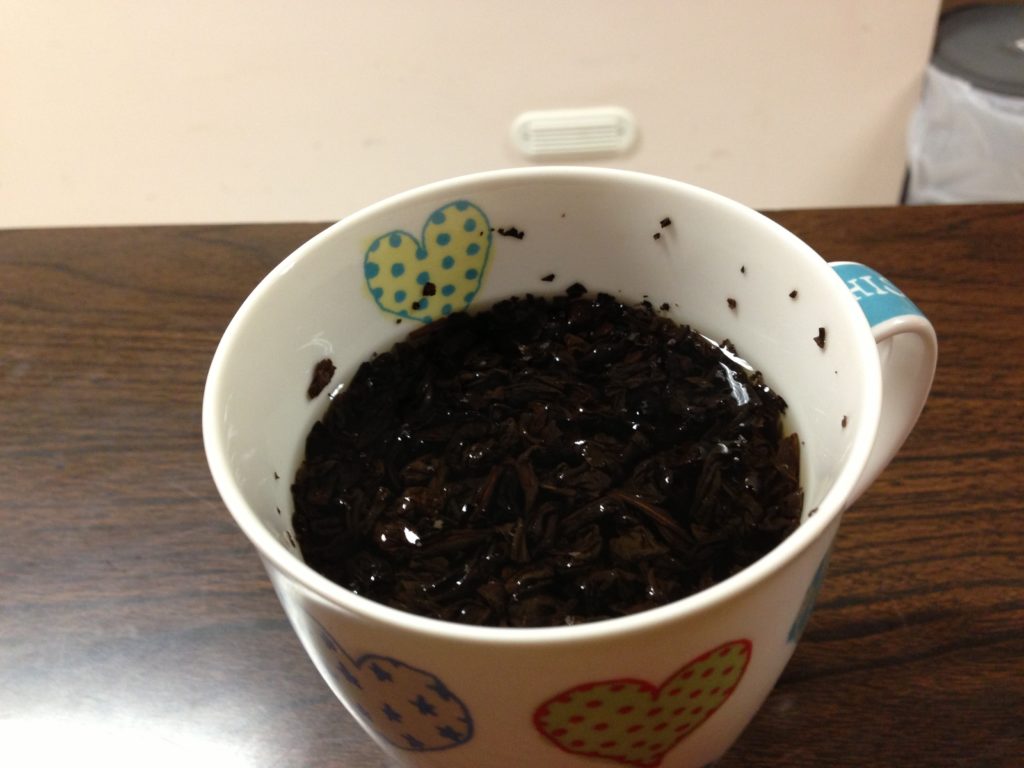
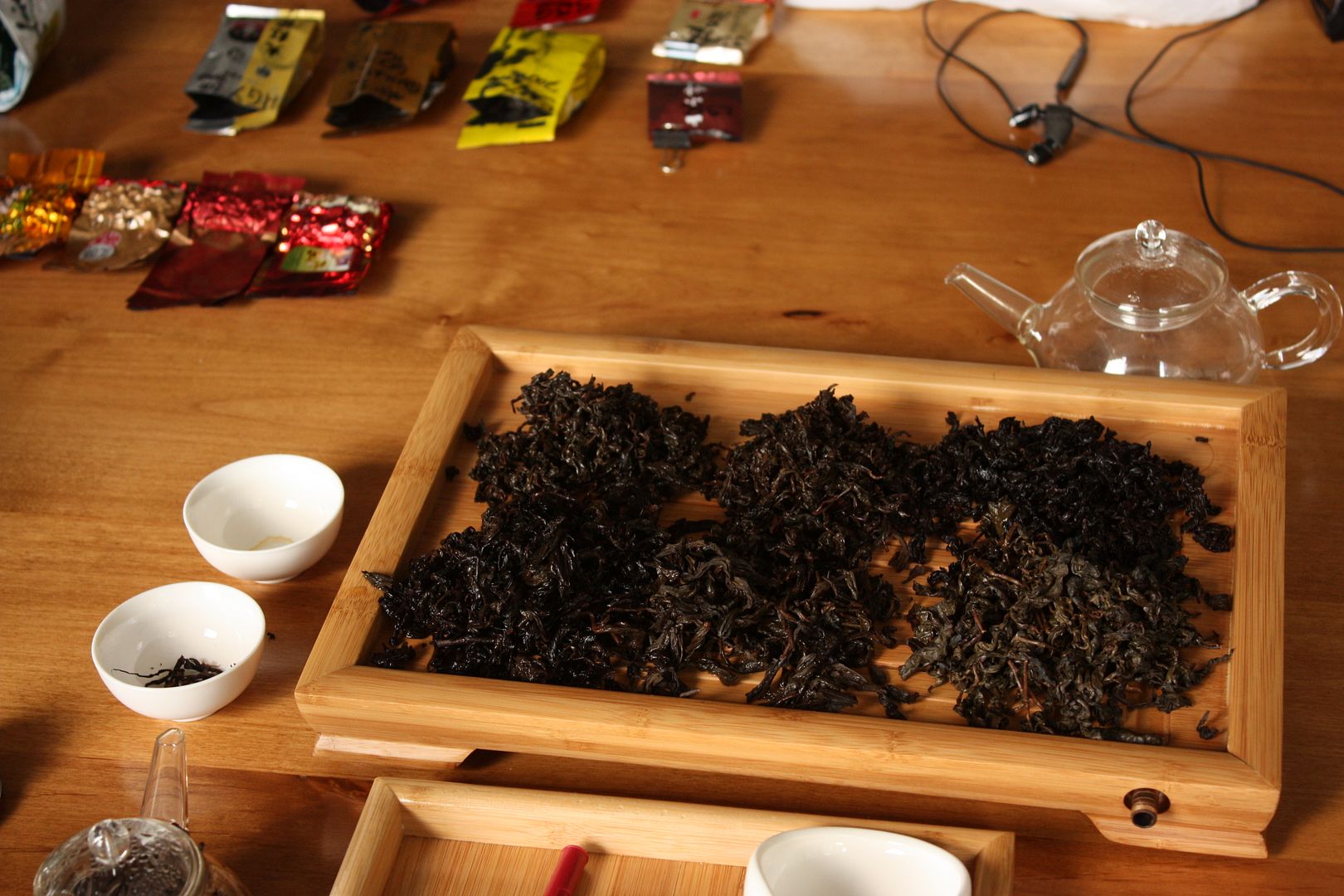
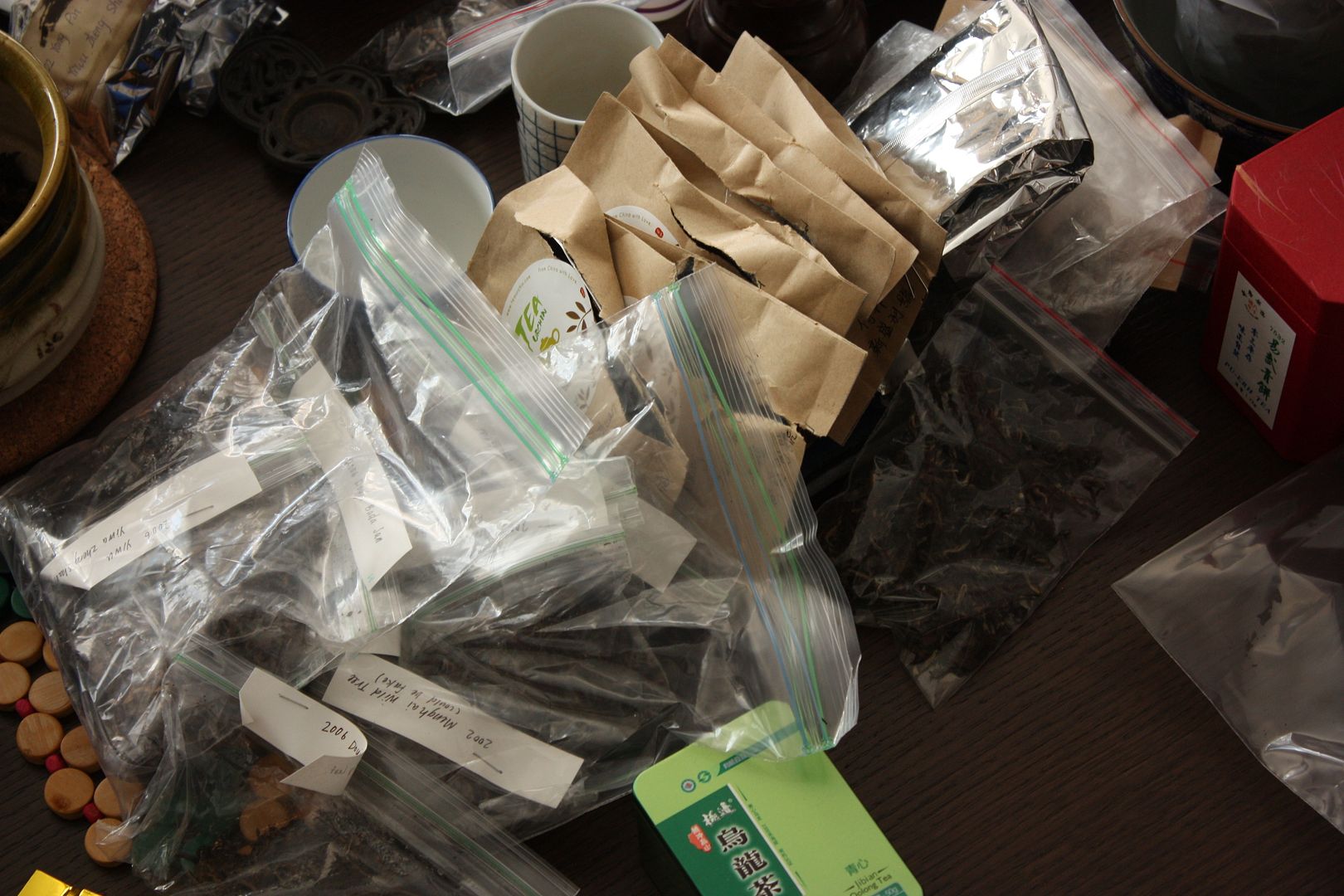
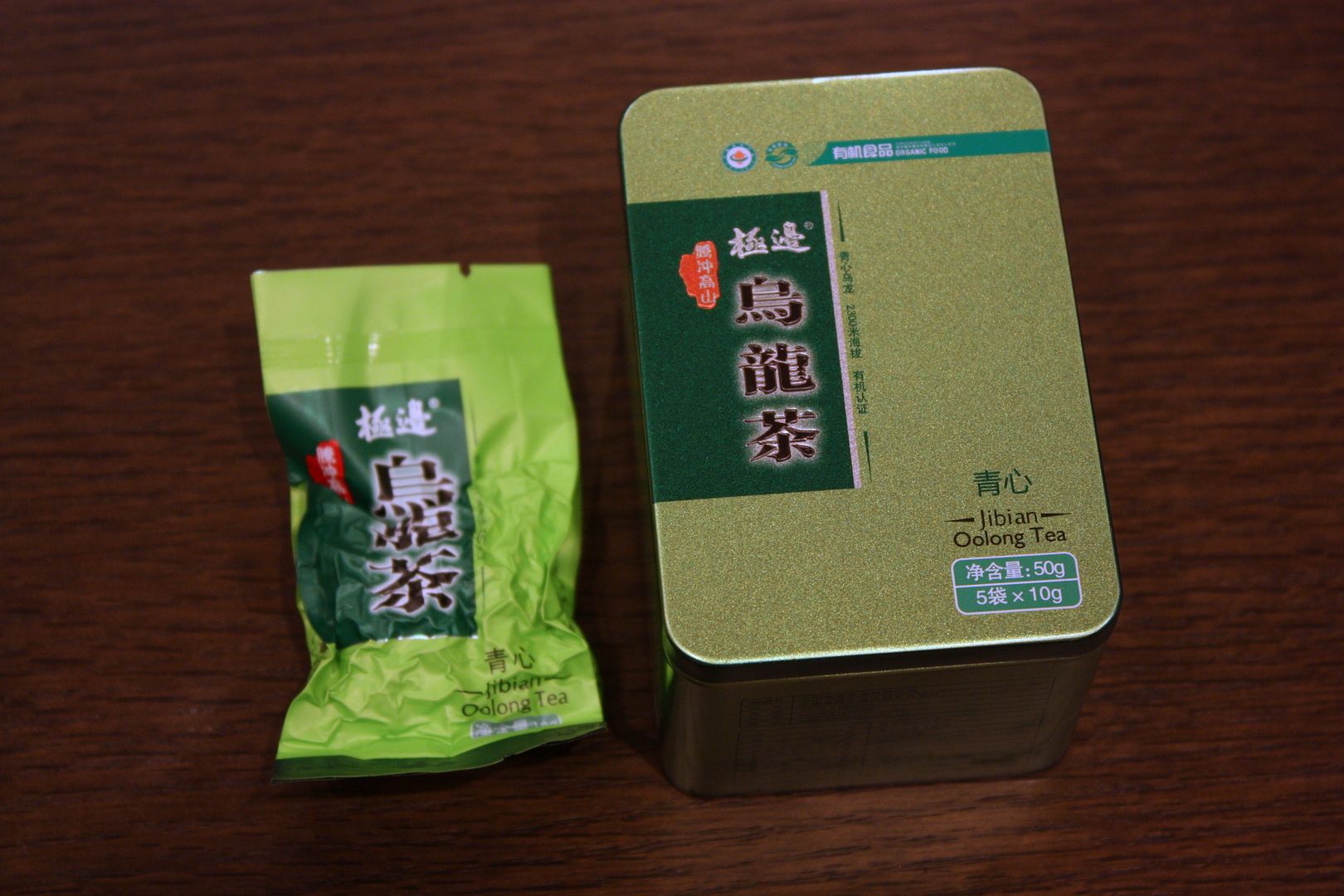
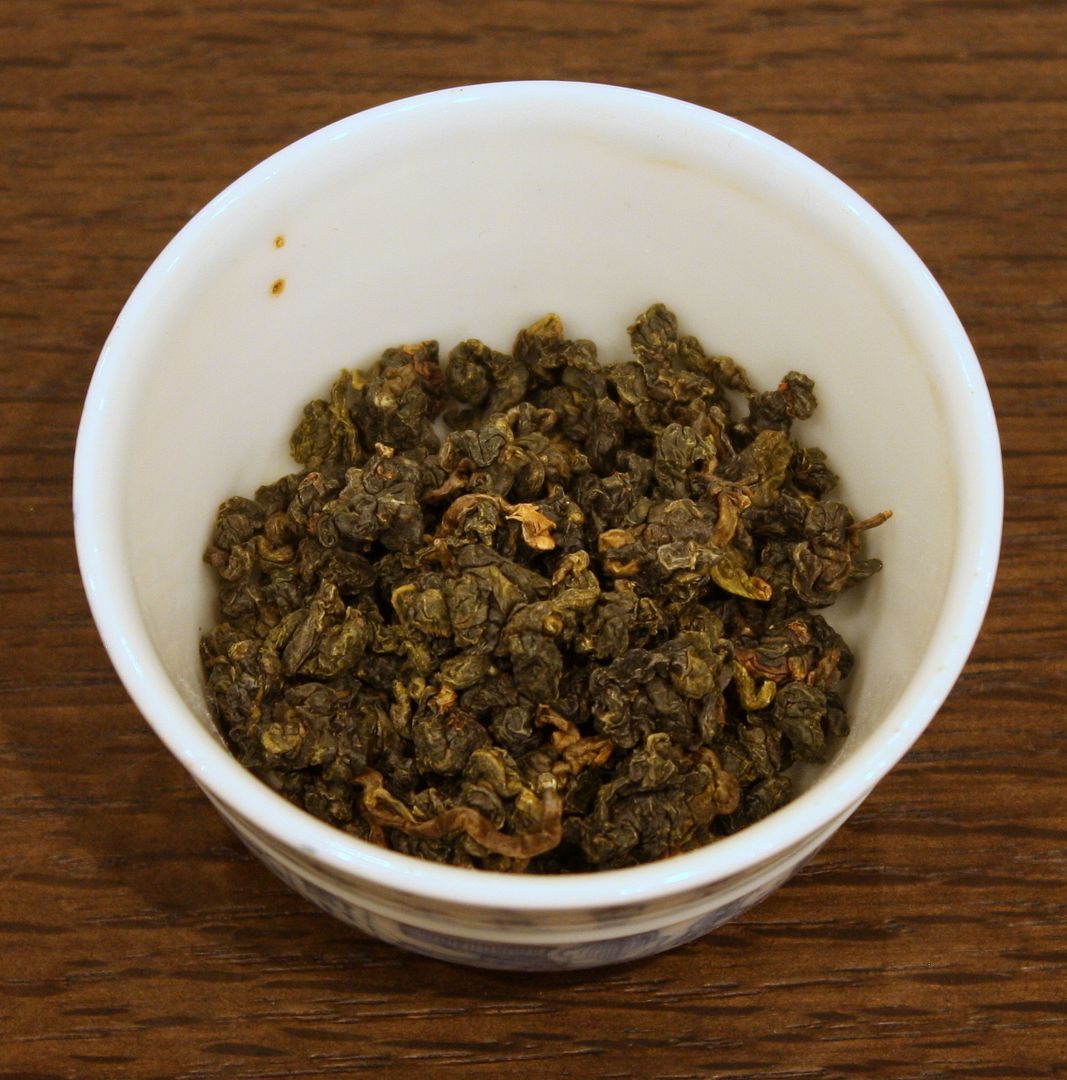
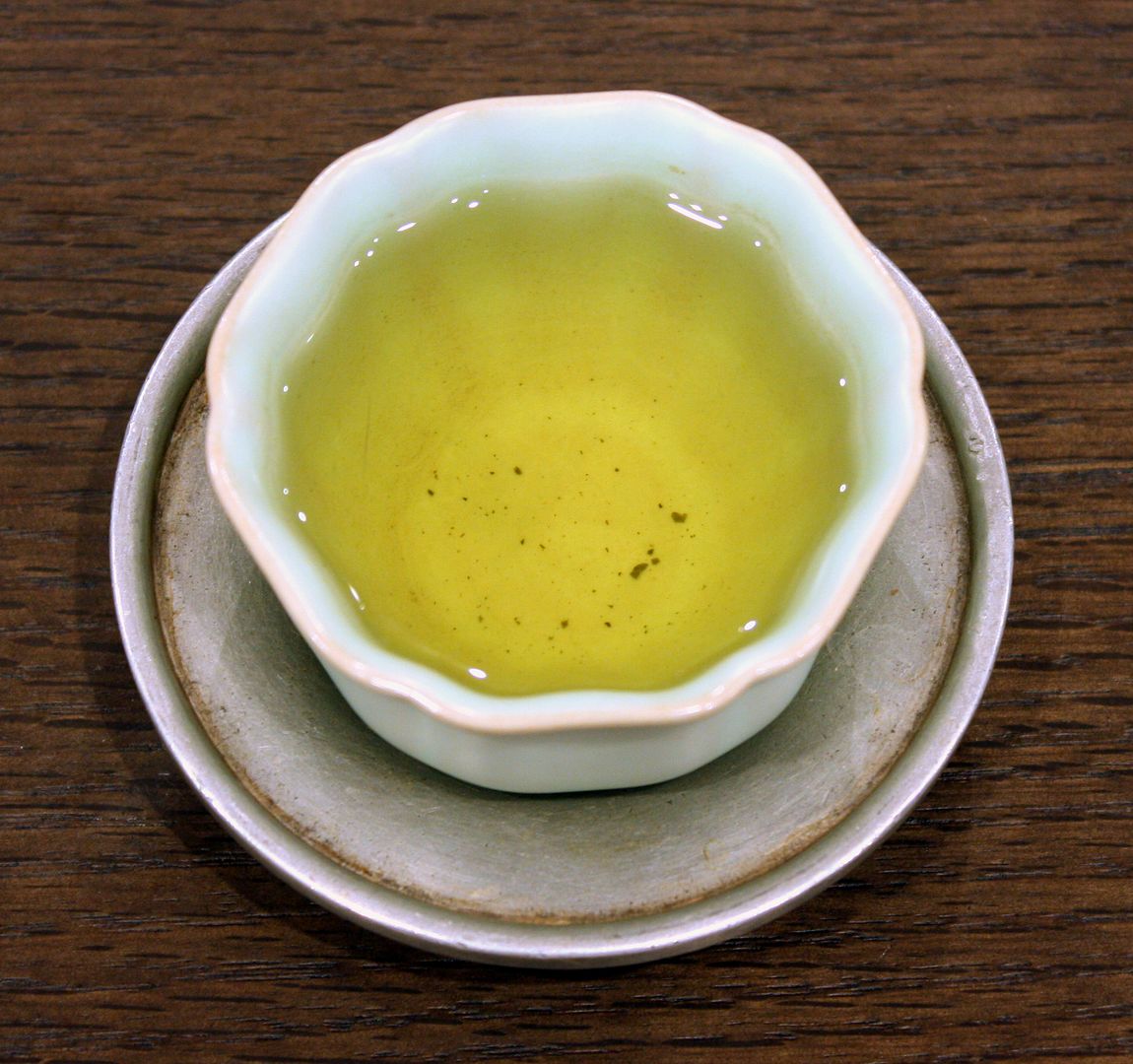
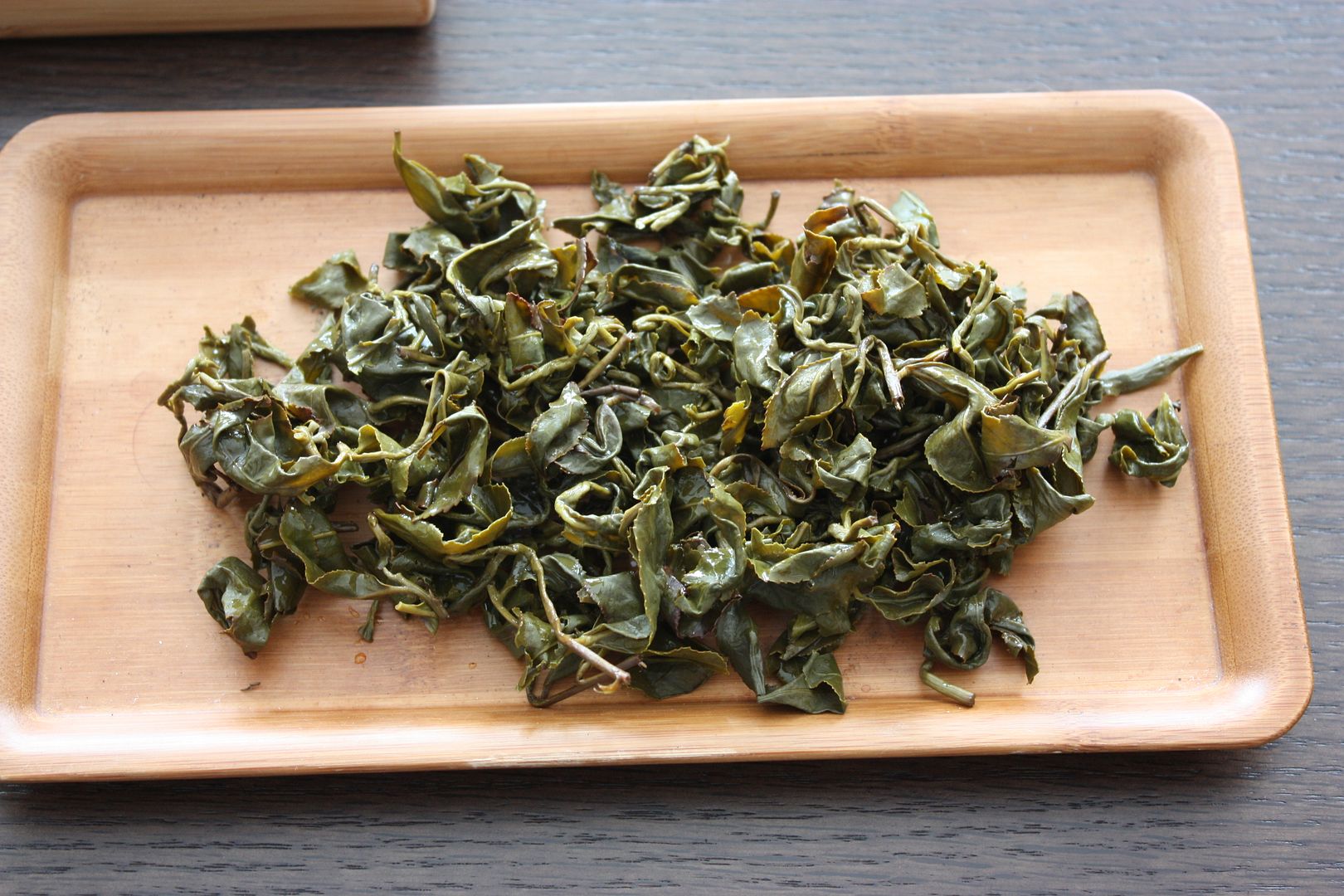
 RSS - Posts
RSS - Posts
I took you at your suggestion and have been reading some of your old post-Covid posts. I haven’t been to…